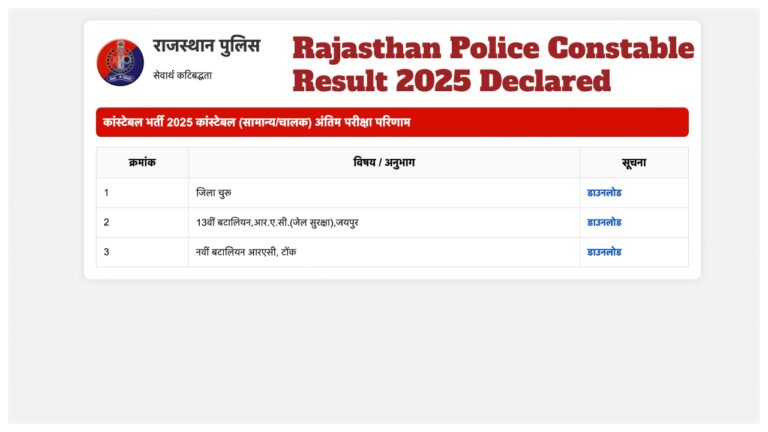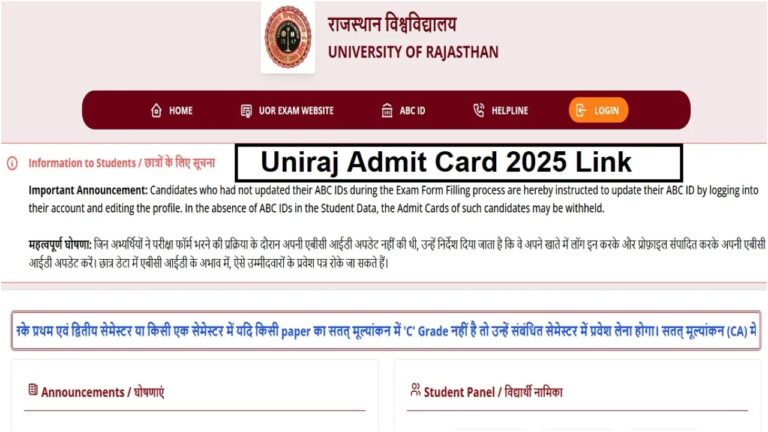Post Office Time Deposit Scheme: Everyone dreams of investing in a place where they can get good profits. The Post Office is an excellent option for you to get a strong return. You can fulfil your dream of becoming rich by investing in the scheme. You may have heard of the Post Office Time Deposit Scheme, which is an excellent option.
Investments can also be made in this scheme for 5 years. The post office offers a bumper interest rate annually on this scheme. Can you invest in the Time Deposit Scheme? You can learn about the Post Office scheme in detail, where all your confusion will be resolved. You can learn more about the vital information related to it in the news below, where all the confusion will be clarified.
What is the Time Deposit Scheme?
It is considered a type of fixed deposit scheme. You can invest in it with different time frames. You can invest in the government’s time deposit scheme for a period of 1 to 5 years. Anyway, being a government scheme, investing in this scheme is considered a very safe option. There is no risk of the money being lost here. Therefore, people join time deposits without worry.
How much interest is received on a time deposit
6.9 per cent interest rate is received per annum on the post office’s time deposit scheme. If you invest for 2 years, you will earn interest at a rate of 7.0 per cent per annum. For three years, you get the benefit of 7.1 per cent annual interest. For five years, you receive 7.5 per cent interest. The most important thing is that the customer also gets an exemption under 80C.
Important things related to investment in a time deposit
Any citizen of India can invest in the post office’s time deposit scheme. For this, you must be 18 years or older. For investment in the Dhakad scheme, the facility of opening both single and joint accounts is provided.
Up to three people can be part of a joint account at the same time. Parents can invest in the TD scheme in their child’s name. Minimum investment in the scheme can be up to Rs 1000. There is no maximum investment limit.










